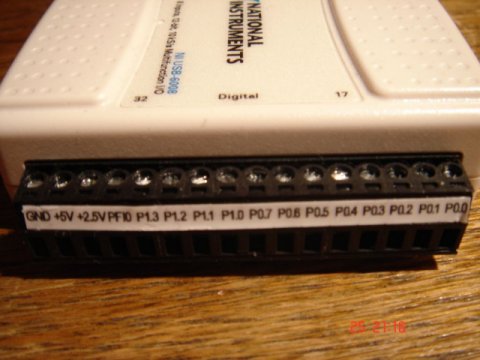

Thus, according to Thevenin’s equivalent resistance, R TH, Let b3 be the most significant bit and thus is connected to the +5V and all the other switchs are connected to the ground.ĭigital to Analog Converter with R and 2R Resistors Binary inputs can be either in the HIGH (+5V) or LOW (0V) state. As in the binary-weighted resistors method, the binary inputs are simulated by the switches (b0-b3), and the output is proportional to the binary inputs. Digital to Analog Converter with R and 2R ResistorsĪ D/A converter with R and 2R resistors is shown in the figure below. This is why R and 2R method is more preferred as it requires only two sets of precision resistance values. If the number of inputs (>4) or combinations (>16) is more, the binary-weighted resistors may not be readily available. Metal-film resistors are more preferred for obtaining accurate outputs. The only condition to look out for is that the maximum output voltage should not exceed the saturation levels of the op-amp.

Thus, a desired size for a step can be obtained by connecting the appropriate feedback resistor. The value of the feedback resistor Rf changes the size of the steps. In practice, due to the variations in the logic HIGH voltage levels, all the steps will not have the same size. The output is a negative going staircase waveform with 15 steps of -).5V each. The graph with the analog outputs versus possible combinations of inputs is shown below.ĭigital-to-Analog Converter Circuit – Binary-Weighted Resistors Method Graph V0 = -Rf *() – where each of the inputs b3, b2, b1, and b0 may either be HIGH (+5V) or LOW (0V). Naturally, the output will be maximum if the switches (b0-b3) are closed This overall current is then converted to its proportional output voltage. The current through Rf will be the sum of these currents.

Thus, according to the position (ON/OFF) of the switches (bo-b3), the corresponding “binary-weighted” currents will be obtained in the input resistor. R/2 will be connected to the positive supply of the +5V.Ĭurrent through R will become twice the value of current (1mA) to flow through Rf. It will be connected directly to the +5V.Ĭurrent through feedback resistor, Rf = 0.5mA (Since, Input bias current, I B is negligible) The circuit is basically working as a current to voltage converter. Thus, a corresponding 16 outputs of analog will also be present for the binary inputs.įour switches from b0 to b3 are available to simulate the binary inputs: in practice, a 4-bit binary counter such as a 7493 can also be used. We know that, a 4-bit converter will have 2 4 = 16 combinations of output.


 0 kommentar(er)
0 kommentar(er)
